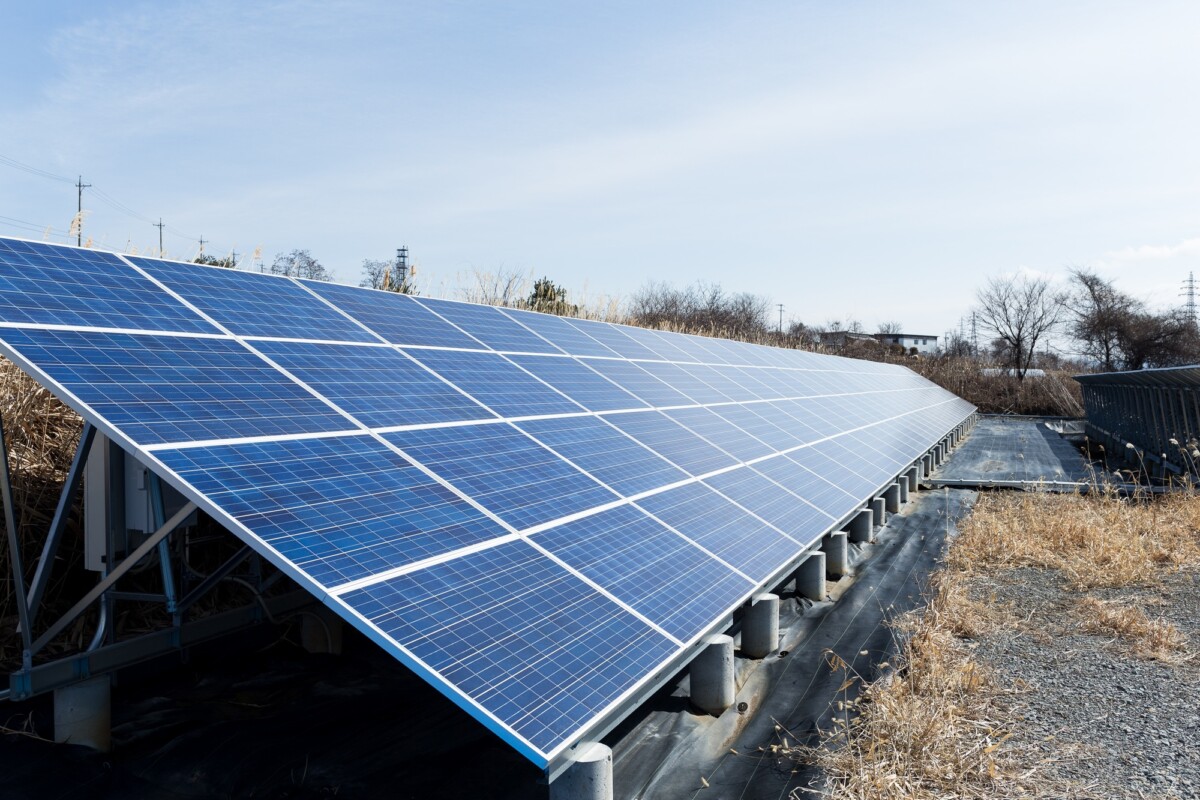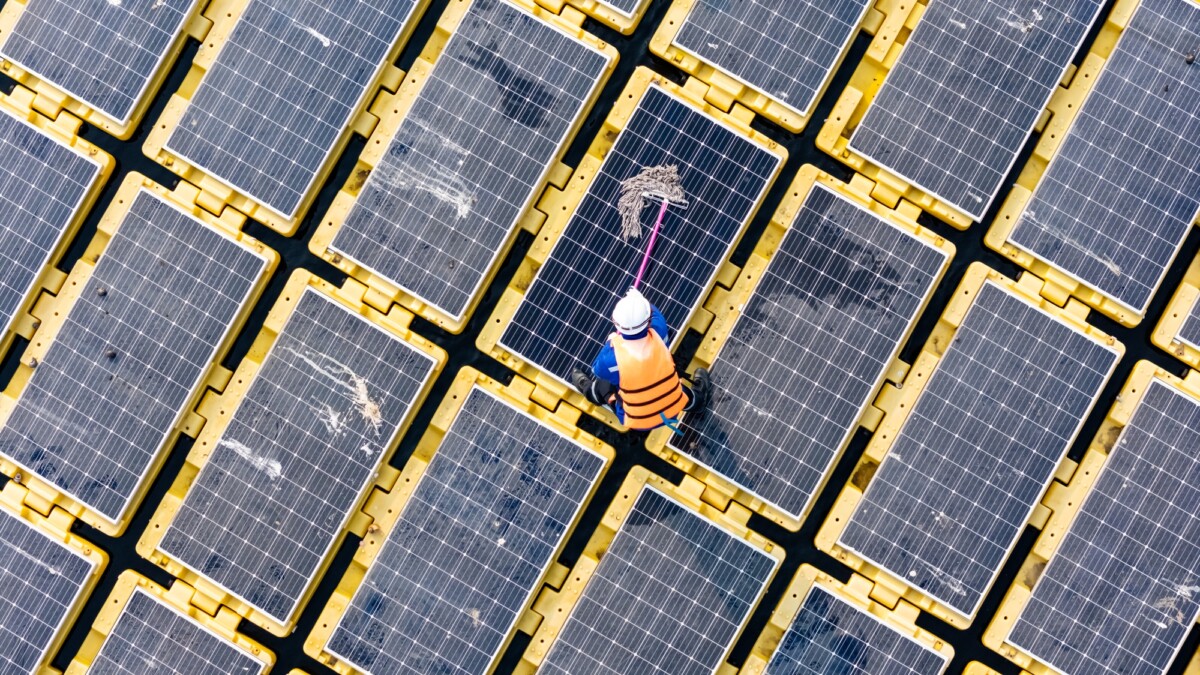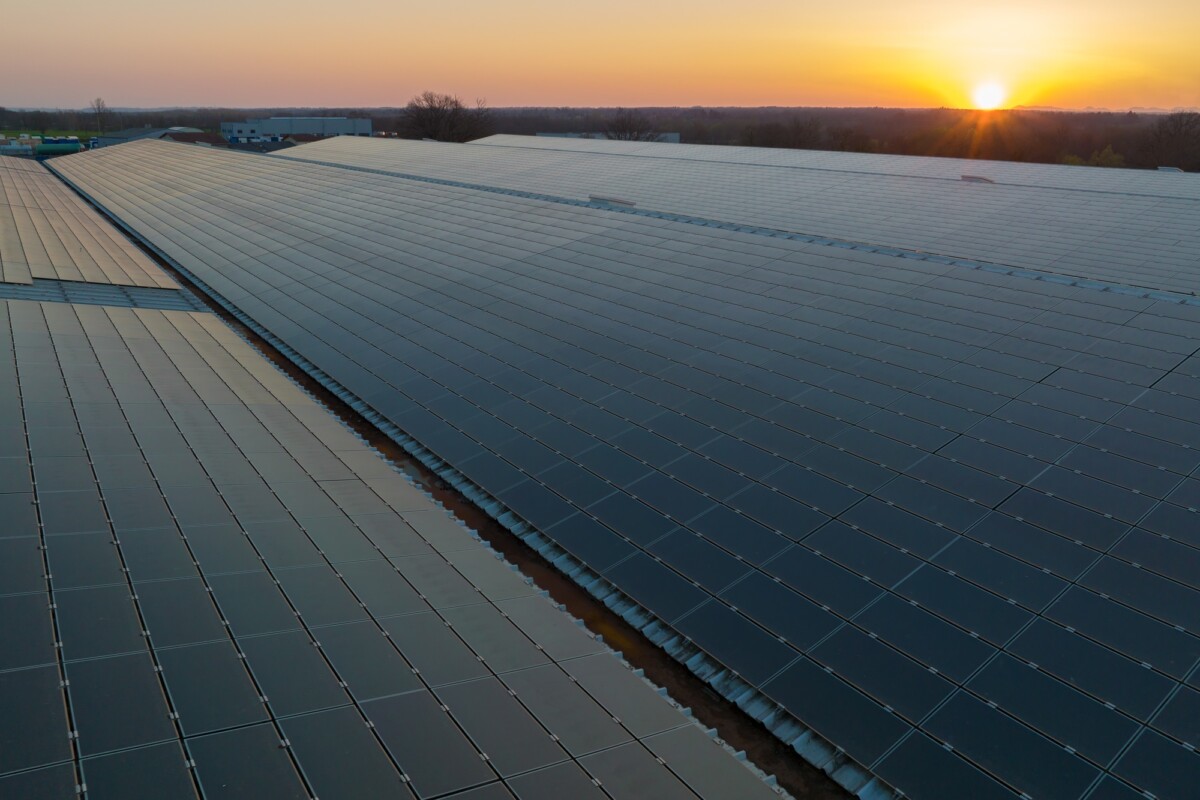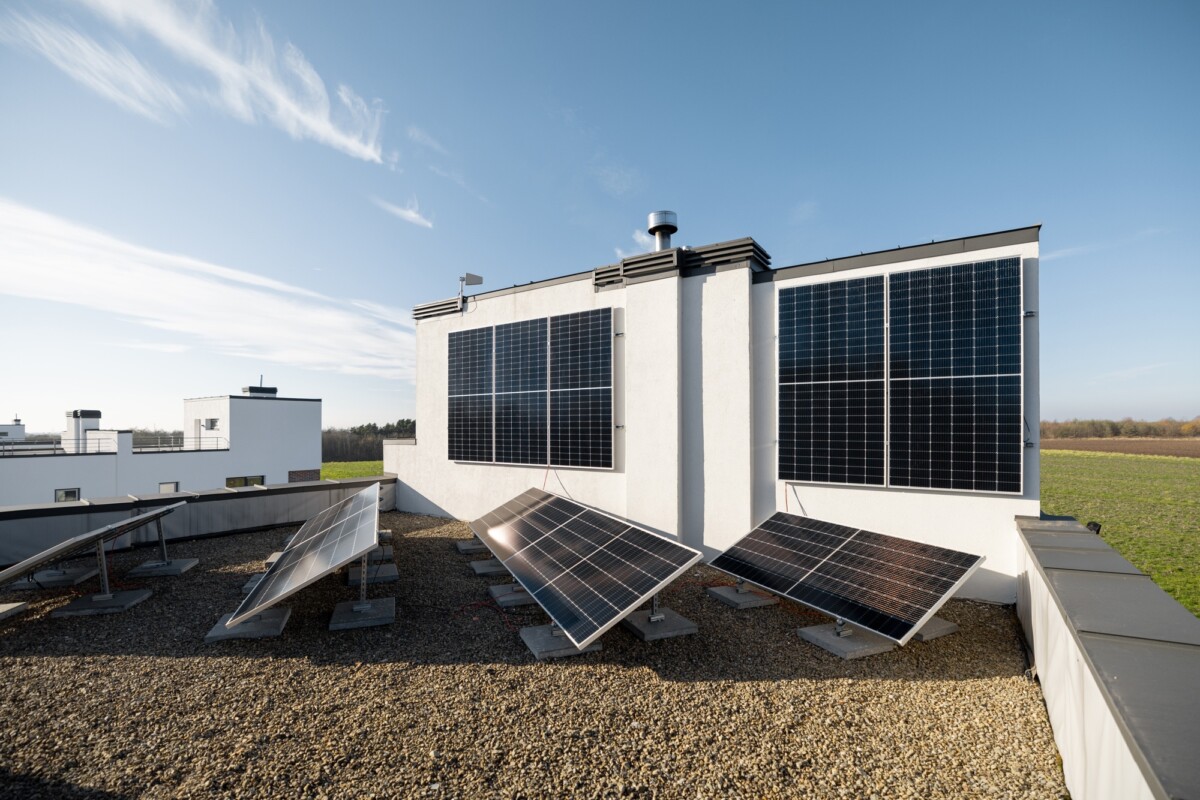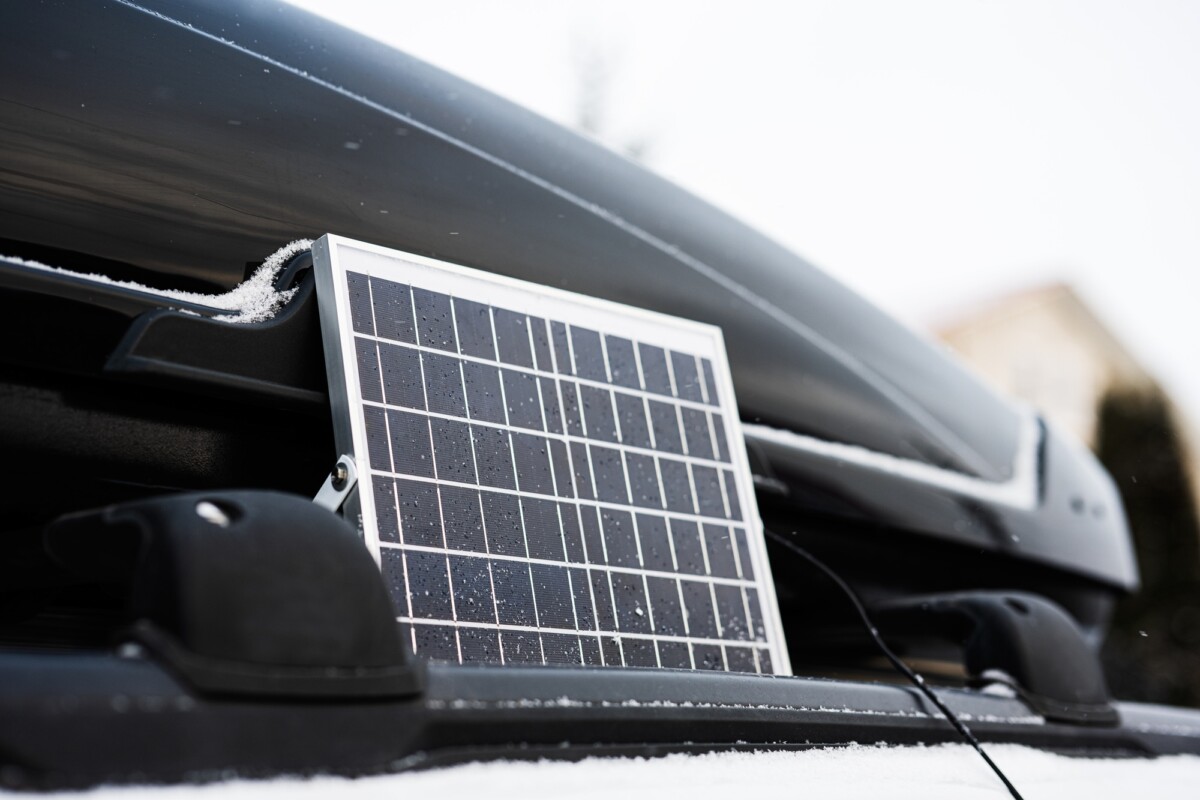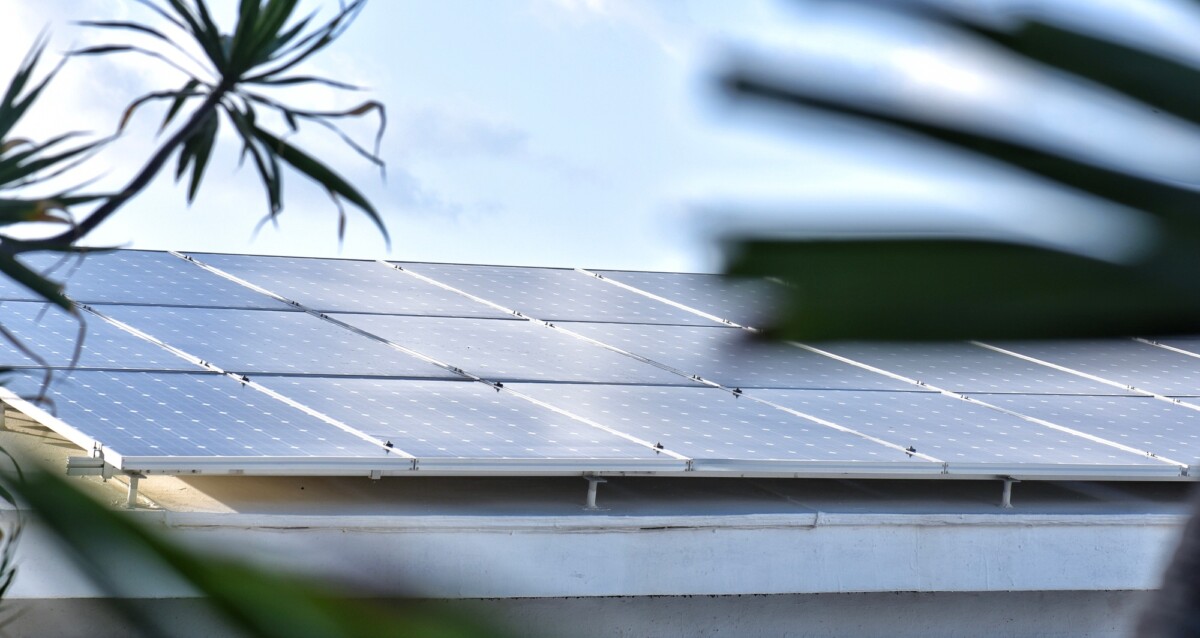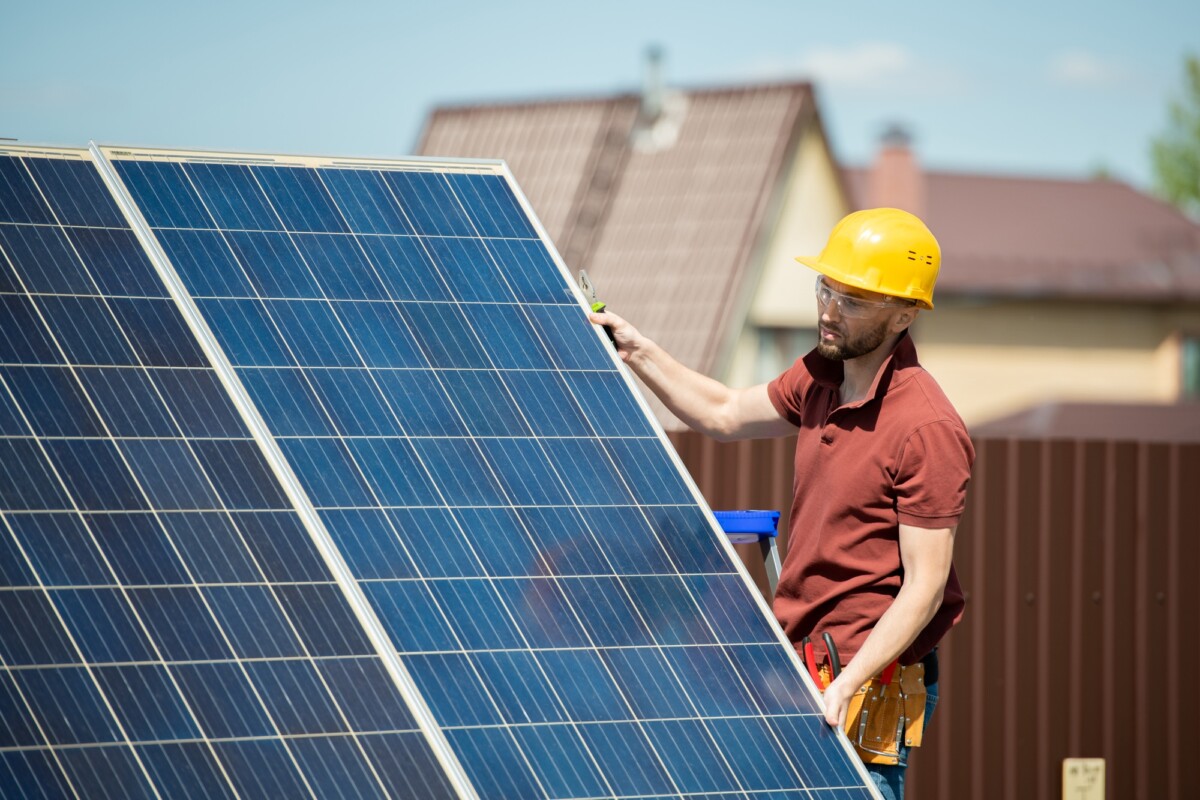Solar energy is a renewable energy source derived from the sun. It is a clean, sustainable, cost-effective alternative to conventional fossil fuels. Solar power generation is an excellent solution to reduce air pollution and its environmental impact. How does solar energy reduce air pollution? Let’s find it out!
Air Pollution and Its Impact
Air pollution is a big problem for both people and the environment. It occurs when harmful particles and gases are released into the atmosphere. These harmful substances come from various sources such as industrial activities, transportation, burning fossil fuels, and natural causes. The most common pollutants are carbon monoxide, sulfur dioxide, nitrogen dioxide, ozone, and particulate matter.
Air pollution can worsen respiratory, cardiovascular, and malignant disorders. It also has adverse environmental effects, including acid rain, global warming, and the depletion of the ozone layer.
How does solar energy reduce air pollution?
Solar energy can help reduce air pollution in various ways, including:
- Reduction in Greenhouse Gas Emissions: Solar energy systems generate electricity without burning fossil fuels, which releases carbon dioxide (CO2) and other harmful gases into the atmosphere. Solar panels generate electricity through the photovoltaic effect, which does not emit any pollutants and, thus, reduces the carbon footprint. This process results in fewer greenhouse gas emissions, which leads to a cleaner and healthier environment.
- Reduction in Airborne Particulate Matter: Airborne particulate matter is a significant pollutant that can cause respiratory diseases and other health problems. Traditional power plants that use fossil fuels are one of the main contributors to airborne particulate matter. However, solar energy systems do not emit any particulate matter, making them an excellent alternative to conventional power sources.
- Reduction in Water Pollution: Conventional power plants use a large amount of water to produce electricity. The water is usually heated to create steam, which drives the turbines that generate electricity. Afterward, the water is released into rivers and lakes, which can lead to water pollution. However, solar energy systems do not require water to generate electricity, making them a cleaner alternative.
- Reduction in Acid Rain: Acid rain is caused by sulfur dioxide and nitrogen oxide emissions into the atmosphere. Acid rain is formed when these pollutants react with moisture in the air. Solar energy systems do not emit any of these pollutants, making them a cleaner alternative to traditional power sources.
Benefits of Solar Energy in Reducing Air Pollution
The use of solar energy has several benefits in reducing air pollution, including:
- Sustainable Energy Source: Solar energy uses no natural resources and is renewable. This means that it can be used continuously without any environmental impact, making it a sustainable energy source.
- Cost-Effective: Although the initial cost of installing solar panels may be high, the overall cost of generating electricity from solar energy is lower than that of traditional power sources. This is because solar panels do not require any fuel, and the maintenance costs are low, resulting in significant savings in the long run.
- Increases Energy Independence: The use of solar energy increases energy independence, as it reduces dependence on fossil fuels, which are often imported. This reduces the country’s vulnerability to price fluctuations and supply disruptions.
- Contributes to Job Creation: Solar panel manufacture, installation, and maintenance have created new jobs. This has provided employment opportunities in various sectors and contributed to economic growth.

Ways to Utilize Solar Energy to Combat Air Pollution
There are several ways in which solar energy can be utilized to combat air pollution, including
- Residential Solar Panels: Residential solar panels can be installed on rooftops to generate electricity for individual homes. This reduces the dependence on traditional power sources and can significantly reduce the household’s carbon footprint. Additionally, excess energy generated by the panels can be sold back to the grid, making it a profitable investment.
- Solar Farms: Solar farms are large installations that generate electricity from solar panels. Utility companies often use them to provide electricity to homes and businesses. Solar farms can be located in areas with high solar irradiation, reducing the need for power generated by traditional power plants.
- Solar-Powered Transportation: Solar energy can also be used to power transportation. Solar-powered cars and buses are already in use in some parts of the world. In addition, solar-powered charging stations can be set up for electric vehicles, reducing the need for traditional power sources.
- Solar-Powered Streetlights: Streetlights powered by solar energy are becoming increasingly popular in many countries. These streetlights use solar panels to generate electricity during the day, which is stored in batteries and used to power the lights at night. This reduces the carbon footprint of cities and makes them more sustainable.
Conclusion
Air pollution is a major environmental concern affecting people’s health and quality of life. To a large extent, solar energy has the potential to lessen environmental impacts by serving as a renewable and long-lasting energy source. Solar energy reduces greenhouse gas emissions, airborne particulate matter, and water pollution, making it a cleaner alternative to traditional power sources. In addition, using solar energy has several benefits, including cost-effectiveness, energy independence, and job creation. Solar energy can be utilized in various ways, including residential solar panels, solar farms, solar-powered transportation, and solar-powered streetlights, to combat air pollution and create a cleaner and healthier environment.
Want to say goodbye to expensive electricity bills and hello to clean, renewable energy? Let us help you make the switch to solar power! Contact us today at freesolarpowerquotes.com to get your custom quote and take the first step towards a brighter future.
FAQS
What is solar energy, and how is it produced?
Solar energy is derived from the sun. It is produced using solar panels, which are typically made up of photovoltaic cells that convert sunlight into electricity.
How does solar energy help reduce air pollution?
Solar energy helps reduce air pollution by generating electricity without producing any emissions. This means that solar energy does not produce any harmful pollutants that can contribute to air pollution.
What types of air pollutants are produced by traditional energy sources?
Carbon dioxide, nitrogen oxides, sulfur dioxide, and particulate matter are only some air pollutants that can be released into the environment using conventional energy sources like coal, oil, and natural gas.
How can solar energy reduce the emissions of these pollutants?
By using solar energy instead of traditional energy sources, we can reduce the emissions of these harmful pollutants. Solar energy produces electricity without emitting any of these pollutants, which can help improve air quality.
What are the impacts of air pollution on human health?
Pulmonary issues, cardiovascular illness, and cancer are just some health problems linked to increased levels of air pollution. It can also exacerbate existing health conditions, such as asthma and allergies.
How can solar energy help improve public health?
By reducing air pollution, solar energy can help improve public health. Cleaner air can help reduce the risk of respiratory problems and other health issues that are associated with air pollution.
How does solar energy help the economy?
In addition to the environmental and health benefits, solar energy can also provide economic benefits. It can help reduce electricity costs and create jobs in the renewable energy sector.
What examples of solar energy projects helped reduce air pollution?
Many examples of solar energy projects have helped reduce air pollution worldwide. For example, in India, the city of Cochin has converted its airport to run on 100% solar energy, which has helped reduce air pollution in the surrounding area.
Can solar energy be used in all parts of the world?
Solar energy can be used in most parts of the world as long as there is enough sunlight. Even in areas with lower levels of sunlight, solar energy can still be used as a complementary energy source.
What can individuals do to support the use of solar energy?
Individuals can support the use of solar energy by installing solar panels in their homes or businesses, supporting policies that promote renewable energy, and advocating for a transition to a cleaner energy system.
What are the benefits of solar energy for climate change?
Solar energy reduces greenhouse gas emissions, which are the primary cause of climate change. Using solar energy instead of fossil fuels can significantly reduce our carbon footprint and slow the effects of climate change.
Do solar panels help the environment?
Yes, greenhouse gas emissions are reduced thanks to the use of solar panels. This, in turn, helps to slow the effects of climate change and improve air quality.
How does solar energy help the environment?
Solar energy helps the environment by reducing our dependence on fossil fuels and the associated negative environmental impacts. Solar energy does not release harmful pollutants into the air, water, or soil, making it a cleaner and more sustainable energy source.
How are solar panels better for the environment?
Solar panels are better for the environment because they do not produce any harmful emissions or pollutants, unlike traditional power sources such as coal and oil. Additionally, solar energy is a renewable and sustainable energy source, meaning it can be used continuously without depleting natural resources.


